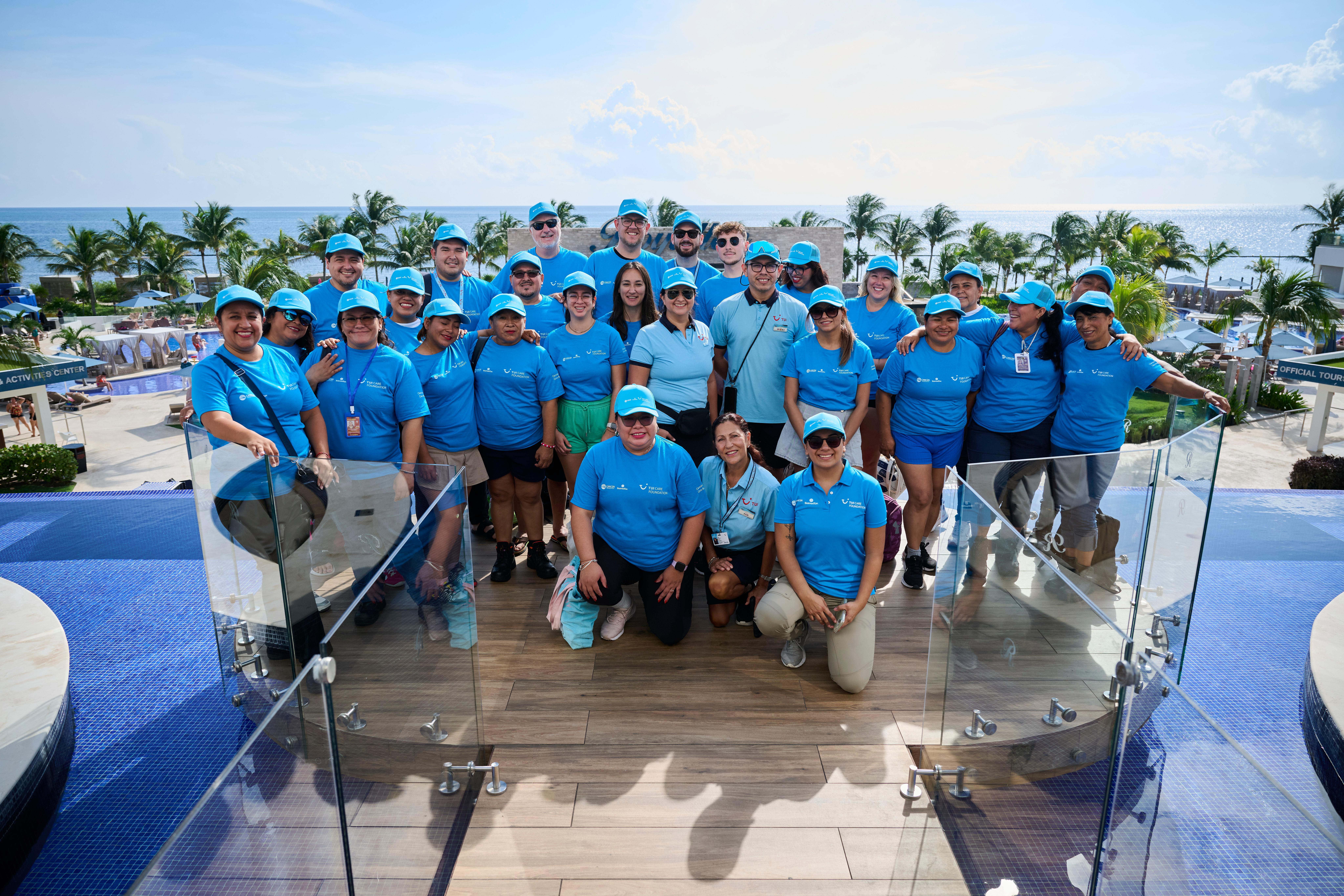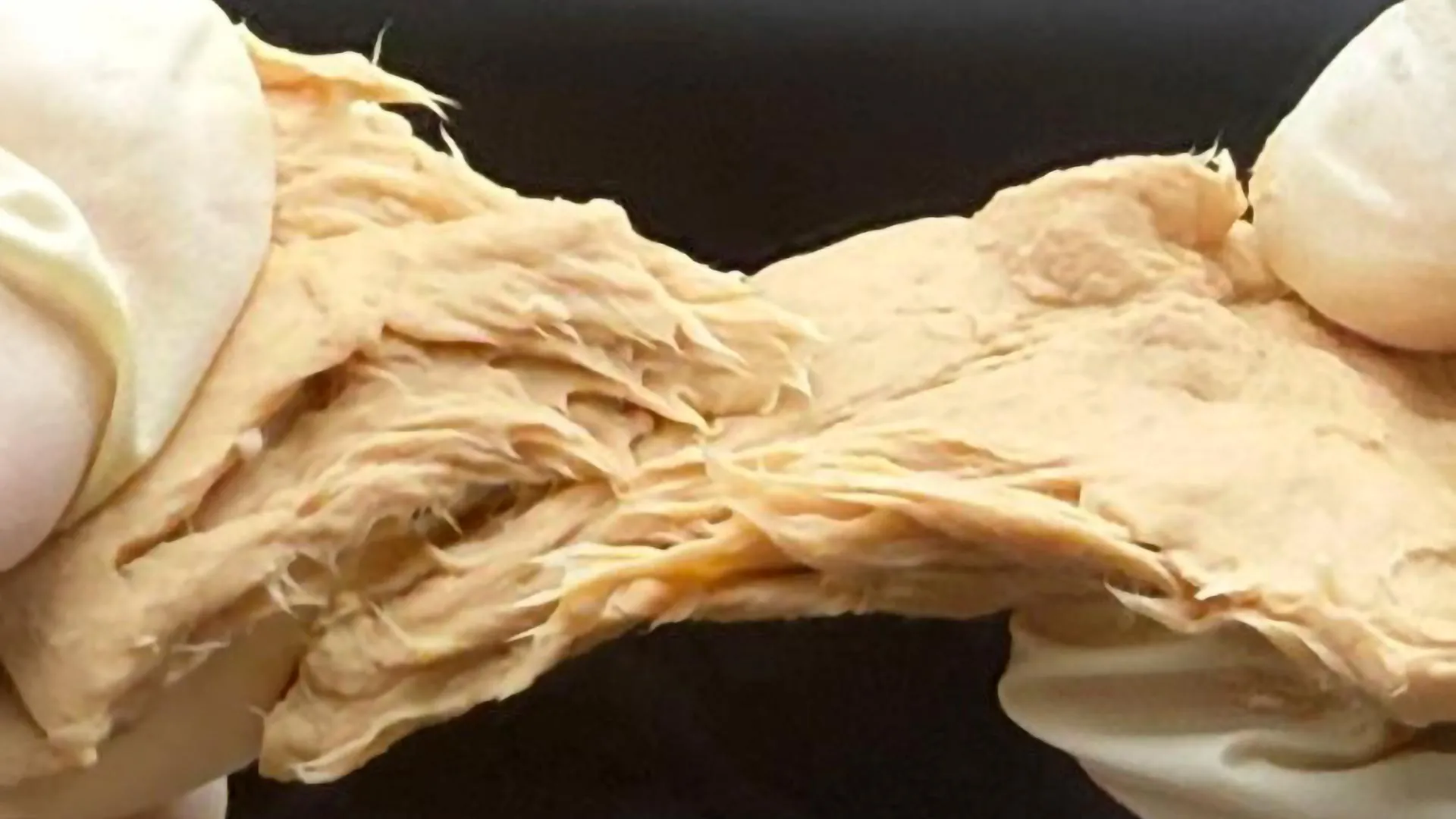Creating new livelihood opportunities in the Caribbean through repurposed waste: TUI Care Foundation launches new upcycling initiative in Cancun – TUI Group

Report on the ‘Destination Zero Waste’ Initiative in Quintana Roo, Mexico, and its Alignment with Sustainable Development Goals
Introduction: Addressing Waste Management Challenges Through Sustainable Tourism
A new initiative, “Destination Zero Waste,” has been launched in Quintana Roo, Mexico, to address the significant environmental challenges posed by the tourism industry’s high generation of single-use waste. The project, a partnership between the TUI Care Foundation and Sustentur, directly confronts the issue of poorly managed plastic and glass waste, which negatively impacts marine and coastal ecosystems and the quality of life for local communities. This initiative is strategically aligned with several United Nations Sustainable Development Goals (SDGs), aiming to create a circular economy model that promotes environmental preservation and inclusive economic growth.
Project Objectives and Contribution to the SDGs
The three-year project establishes specific targets that directly contribute to the achievement of key SDGs:
- SDG 12 (Responsible Consumption and Production) & SDG 14 (Life Below Water): The primary objective is to collect 350,000 kg of plastic and glass waste from Cancun, Holbox, and Isla Mujeres. By recycling 175,000 kg and upcycling 85,000 kg, the project will significantly reduce land and marine pollution, promoting sustainable waste management practices and a circular economy.
- SDG 8 (Decent Work and Economic Growth): The initiative will support local upcycling companies to scale their operations, directly creating and sustaining 50 green jobs. This fosters sustainable economic growth and provides decent work opportunities within the local community.
- SDG 11 (Sustainable Cities and Communities) & SDG 17 (Partnerships for the Goals): By engaging 30 tourism businesses in waste reduction strategies and developing sustainable tourism experiences for 2,000 visitors, the project strengthens community resilience and fosters multi-stakeholder partnerships to achieve common sustainability goals.
Strategic Components for a Circular Economy
The project is structured around five key components designed to build a comprehensive framework for sustainable waste management, in line with SDG 12 and SDG 17.
- Baseline Study on Solid Waste Generation: In cooperation with local hotel associations, a comprehensive study will generate critical data to inform evidence-based decision-making for public and private sector stakeholders, a crucial step for effective implementation of SDG 11 and SDG 12.
- Creation of a Tourism and Circular Economy Hub: This hub will function as a think tank to integrate circular economy principles into public policies and business strategies. It will foster collaboration among at least 30 local businesses, embodying the spirit of SDG 17 (Partnerships for the Goals).
- Adoption of Single-Use Plastic Reduction Plans: Fifteen participating tourism businesses will implement the “Less Plastic Guide and Action Plan” to systematically measure and reduce their plastic footprint, directly advancing the targets of SDG 12.
- Annual Zero Waste Forum: To build capacity and share best practices, an annual forum will provide training for local tourism businesses, enhancing the sector’s ability to adopt responsible production patterns.
- Incubation of Upcycling Enterprises: The project will identify and accelerate small and medium-sized upcycling companies, closing the loop between waste generation and recycling and contributing to SDG 8 by fostering green entrepreneurship.
Community Engagement and Environmental Stewardship
A significant aspect of the initiative involves raising public awareness and promoting environmental stewardship. The project will organize beach, mangrove, cenote, and seabed cleaning activities, engaging approximately 2,000 tourists and local community members. These activities not only contribute directly to the health of local ecosystems, supporting SDG 14 (Life Below Water), but also serve as an educational platform to promote waste reduction and responsible disposal, fostering a culture of sustainability within the community and among visitors.
Analysis of Sustainable Development Goals (SDGs) in the Article
1. Which SDGs are addressed or connected to the issues highlighted in the article?
- SDG 8: Decent Work and Economic Growth
- SDG 11: Sustainable Cities and Communities
- SDG 12: Responsible Consumption and Production
- SDG 14: Life Below Water
- SDG 17: Partnerships for the Goals
2. What specific targets under those SDGs can be identified based on the article’s content?
-
SDG 8: Decent Work and Economic Growth
- Target 8.9: By 2030, devise and implement policies to promote sustainable tourism that creates jobs and promotes local culture and products.
Explanation: The article describes the “Destination Zero Waste Cancun” project, which is a sustainable tourism initiative. It directly addresses job creation by stating the “Partnership with Sustentur will support 50 green jobs” and aims to “empower local upcycling companies,” thereby promoting local economic opportunities within the tourism sector.
- Target 8.9: By 2030, devise and implement policies to promote sustainable tourism that creates jobs and promotes local culture and products.
-
SDG 11: Sustainable Cities and Communities
- Target 11.6: By 2030, reduce the adverse per capita environmental impact of cities, including by paying special attention to air quality and municipal and other waste management.
Explanation: The article highlights that “Cancun has one of the highest waste generation levels per capita in Mexico” and that small islands like Holbox and Isla Mujeres face “less capacity in waste management.” The project’s core mission is to improve solid waste management in these tourist destinations by collecting, recycling, and upcycling waste, directly addressing the need to reduce the adverse environmental impact of the city and its surrounding areas.
- Target 11.6: By 2030, reduce the adverse per capita environmental impact of cities, including by paying special attention to air quality and municipal and other waste management.
-
SDG 12: Responsible Consumption and Production
- Target 12.5: By 2030, substantially reduce waste generation through prevention, reduction, recycling and reuse.
Explanation: This is a central theme of the article. The project aims to “collect 350,000 kg of plastic and glass,” with “175,000 kg recycled and 85,000 kg upcycled.” It also engages 15 tourist businesses to “adopt the Less Plastic Guide and Action Plan to identify, measure, prioritise, and reduce single-use plastics,” directly contributing to waste reduction, recycling, and reuse.
- Target 12.5: By 2030, substantially reduce waste generation through prevention, reduction, recycling and reuse.
-
SDG 14: Life Below Water
- Target 14.1: By 2030, prevent and significantly reduce marine pollution of all kinds, in particular from land-based activities, including marine debris.
Explanation: The article explicitly states that “Much of the poorly managed waste from the tourism sector ends up in the sea, on the coast, or in underground rivers.” By implementing a comprehensive waste management system to collect plastic and glass, the project directly tackles a land-based source of marine pollution, aiming to prevent this waste from damaging marine ecosystems. The planned “seabed cleaning activities” also directly address this target.
- Target 14.1: By 2030, prevent and significantly reduce marine pollution of all kinds, in particular from land-based activities, including marine debris.
-
SDG 17: Partnerships for the Goals
- Target 17.17: Encourage and promote effective public, public-private and civil society partnerships.
Explanation: The project is a clear example of a multi-stakeholder partnership. It is initiated by the “TUI Care Foundation in partnership with Sustentur.” It also involves collaboration with the “Cancún, Puerto Morelos and Isla Mujeres Hotels Association” and engages “30 tourism businesses” and “2,000 tourists and local community members,” demonstrating a comprehensive partnership model to achieve sustainability goals.
- Target 17.17: Encourage and promote effective public, public-private and civil society partnerships.
3. Are there any indicators mentioned or implied in the article that can be used to measure progress towards the identified targets?
-
For SDG 12 (Target 12.5):
- Total weight of plastic and glass waste collected (Target: 350,000 kg).
- Total weight of waste recycled (Target: 175,000 kg).
- Total weight of waste upcycled (Target: 85,000 kg).
- Number of tourism businesses that adopt the “Less Plastic Guide and Action Plan” (Target: 15).
-
For SDG 8 (Target 8.9):
- Number of green jobs created or supported (Target: 50).
- Number of small and medium-sized upcycling companies incubated and accelerated.
-
For SDG 11 (Target 11.6):
- Generation of new data on solid waste generation through a comprehensive baseline study.
- The percentage of total waste that is recycled in Quintana Roo (Baseline mentioned as 11%). Progress can be measured against this figure.
-
For SDG 14 (Target 14.1):
- The amount of waste diverted from ending up in the sea, which can be inferred from the 350,000 kg of waste collected from coastal and island areas.
- Number of beach, mangrove, cenote, and seabed cleaning activities conducted.
-
For SDG 17 (Target 17.17):
- Number of tourism businesses engaged in the project (Target: 30).
- Number of tourists and local community members participating in project activities (Target: 2,000).
- Establishment of the “Tourism and Circular Economy Hub” as a functioning partnership platform.
4. Summary Table of SDGs, Targets, and Indicators
| SDGs | Targets | Indicators |
|---|---|---|
| SDG 8: Decent Work and Economic Growth | 8.9: Promote sustainable tourism that creates jobs. |
|
| SDG 11: Sustainable Cities and Communities | 11.6: Reduce the adverse per capita environmental impact of cities, including waste management. |
|
| SDG 12: Responsible Consumption and Production | 12.5: Substantially reduce waste generation through prevention, reduction, recycling and reuse. |
|
| SDG 14: Life Below Water | 14.1: Prevent and significantly reduce marine pollution from land-based activities. |
|
| SDG 17: Partnerships for the Goals | 17.17: Encourage and promote effective public-private and civil society partnerships. |
|
Source: tuigroup.com
What is Your Reaction?
 Like
0
Like
0
 Dislike
0
Dislike
0
 Love
0
Love
0
 Funny
0
Funny
0
 Angry
0
Angry
0
 Sad
0
Sad
0
 Wow
0
Wow
0
















































/environment-climate-change-and-health-(ech)/water-sanitation-hygiene-and-health-(wsh)/landfill-tuvalu-36092.tmb-1200v.jpg?sfvrsn=5c21fe40_1#)

.jpg.webp?itok=0ZsAnae9#)
























